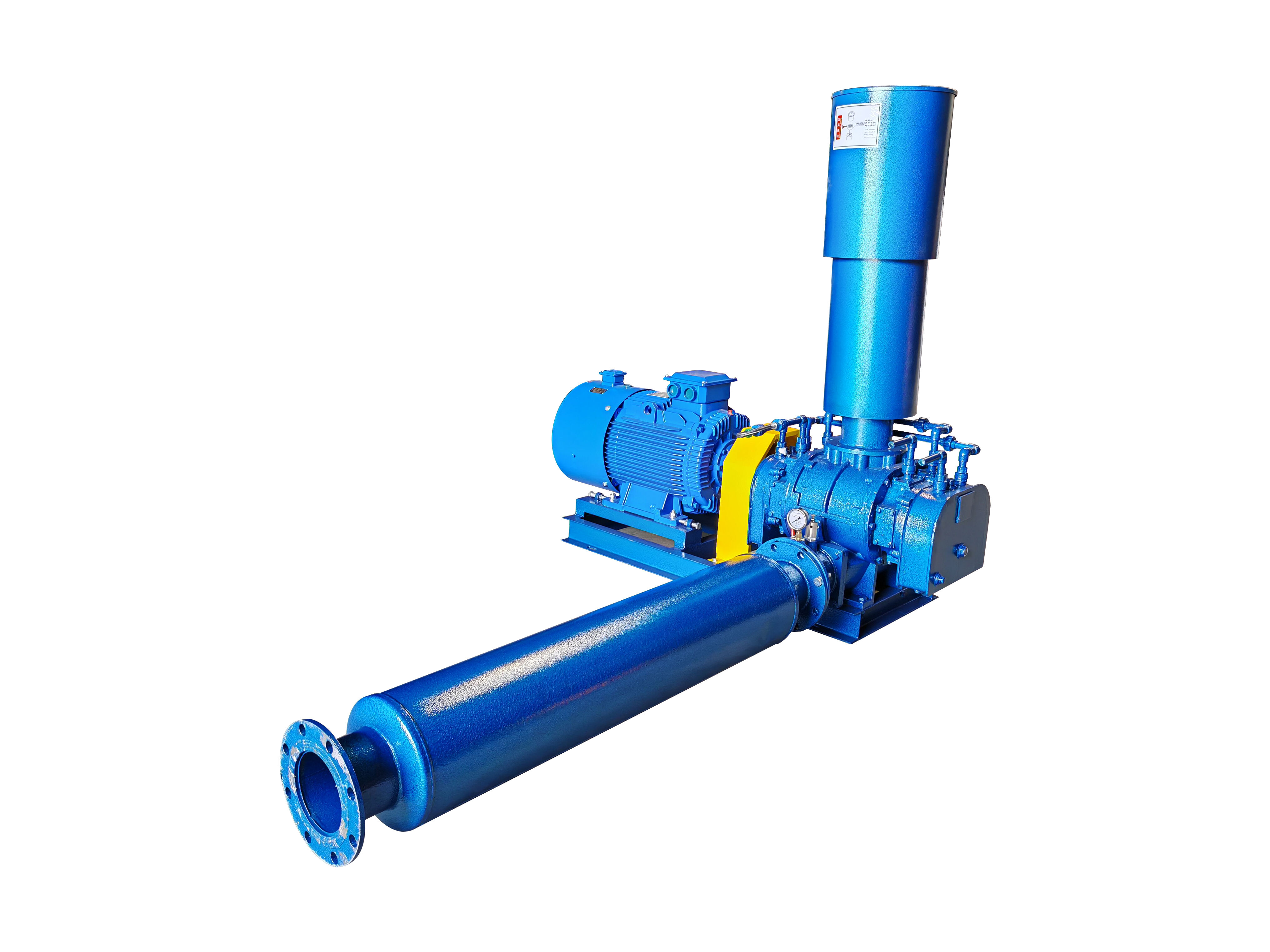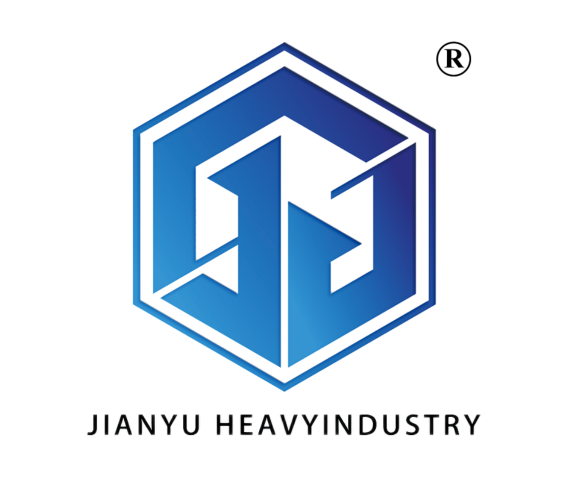roots blower price
Roots blower price considerations encompass a complex interplay of quality, performance, and market dynamics. These essential industrial devices, known for their reliable positive displacement operation, typically range from $2,000 to $15,000 depending on specifications. The price structure reflects various factors including capacity, pressure ratings, and material construction. Modern roots blowers incorporate advanced design elements, such as precision-machined rotors, high-grade bearings, and efficient sealing systems, all contributing to the final cost. Manufacturers often differentiate pricing based on customization options, such as specialized coatings for corrosive environments or high-temperature applications. The investment consideration must account for energy efficiency ratings, as higher-priced units often deliver superior performance and lower operating costs over time. Market competition and technological advancements continue to influence pricing trends, with some manufacturers offering innovative features like variable speed control and smart monitoring capabilities at competitive price points. When evaluating roots blower prices, buyers must consider not only the initial purchase cost but also installation requirements, maintenance schedules, and potential energy savings throughout the equipment's lifecycle.



